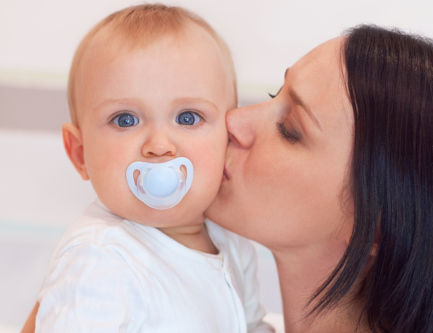Tag: tmj noise
CMD
Back pain, headaches, tinnitus, migraines - many problems often have a common and mostly undiscovered cause: the teeth!
Find out more here about our successful treatment concept to release yourself from these problems.
What is CMD?
The smallest changes in the teeth, jaw, muscles and temporomandibular joints can cause a range of disorders of the temporomandibular joint and functional disorders. In dentistry, these disorders are known as craniomandibular dysfunction (CMD). CMD is nothing new in dentistry. Dental function diagnostics and function therapy is an area in which we have additionally specialised.
How is craniomandibular dysfunction expressed?
Craniomandibular dysfunctions occur in people of all ages and can be identified through various different symptoms.
The following should be noted in particular: pain when chewing, speaking, swallowing or yawning, limited opening of the mouth and pain in the head and jaw. A malocclusion can even cause back pain, migraines and tension in the neck and muscles.
But unclear jaw positioning, background pain or sporadic pain, irregular or regular noises in the temporomandibular joint, which can also be possible on both sides, and painful muscle tension in the region of the cheeks or temples, above average wear of the teeth (abrasions), exposed, hypersensitive tooth necks, isolated loosening of the teeth or tooth migration and chewing on one side can also cause these problems.
What are the causes of CMD?
The different clinical pictures mean that various different causes of CMD can also be considered: grinding the teeth, whiplash, tension, back pain caused by poor posture, incorrect positioning of the temporomandibular joint or incorrect positioning of the teeth or cracking of the temporomandibular joint.
CMD in children? In children in particular, the symptoms of craniomandibular dysfunction mentioned should be prevented and their development identified as early as possible and positively impacted so no CMD can develop. A first but often neglected symptoms is disorders of symmetry.
In children in particular, the symptoms of craniomandibular dysfunction mentioned should be prevented and their development identified as early as possible and positively impacted so no CMD can develop. A first but often neglected symptoms is disorders of symmetry.
Only when they are felt to be unsightly and aesthetically harmful are they treated. Many disorders of symmetry such as sucking-related open bite, caused by having a dummy or sucking the thumb for too long or a lack of milk teeth have a cause in early childhood.
If a disorder of this type such as a slightly crooked head posture, one shoulder being higher than the other or pelvic misalignment is not taken seriously and treated, a functionally unstable situation in the entire musculoskeletal system develops. If this is not corrected, the situation will result in a number of changes which continue into adulthood.
In children in particular, the earlier the treatment is started, the faster we see success.
How can craniomandibular dysfunction be treated?
CMD is curable and can be treated using mouthguards in the lower and if necessary upper jaw and additional physiotherapy. Medications can be administered if necessary. Also if necessary, permanent mouthguards or a long-term temporary solution on the side teeth to stabilise the bite or alternative orthodontic treatment can be used.
Interdisciplinary expertise is required to cure CMD, which is which treatment must be carried out by a craniosacral specialist such as Dr Tschackert.
What is involved in CMD treatment?
With our successful treatment concept, your problems can be alleviated in just three treatment sessions.
1. CMD treatment session/consultation
At the start, the patients problems are discussed in detail, and if necessary clinical examinations will be carried out afterwards. Following clarification of the costs, diagnosis models will also be created. Following a telephone consultation about treatment goals, you will then receive your documents with a complete overview in the form of a personal treatment plan.
2. CMD treatment session
We will use a special device (such as K7 by Myotronics, Seattle) suitable for you to measure your jaw and determine treatment on the basis of this.
3. CMD treatment session
Final insertion, for example of a permanent or removable mouthguard.


 +49 (0)69 28 30 30
+49 (0)69 28 30 30  praxis@tschackert.com
praxis@tschackert.com